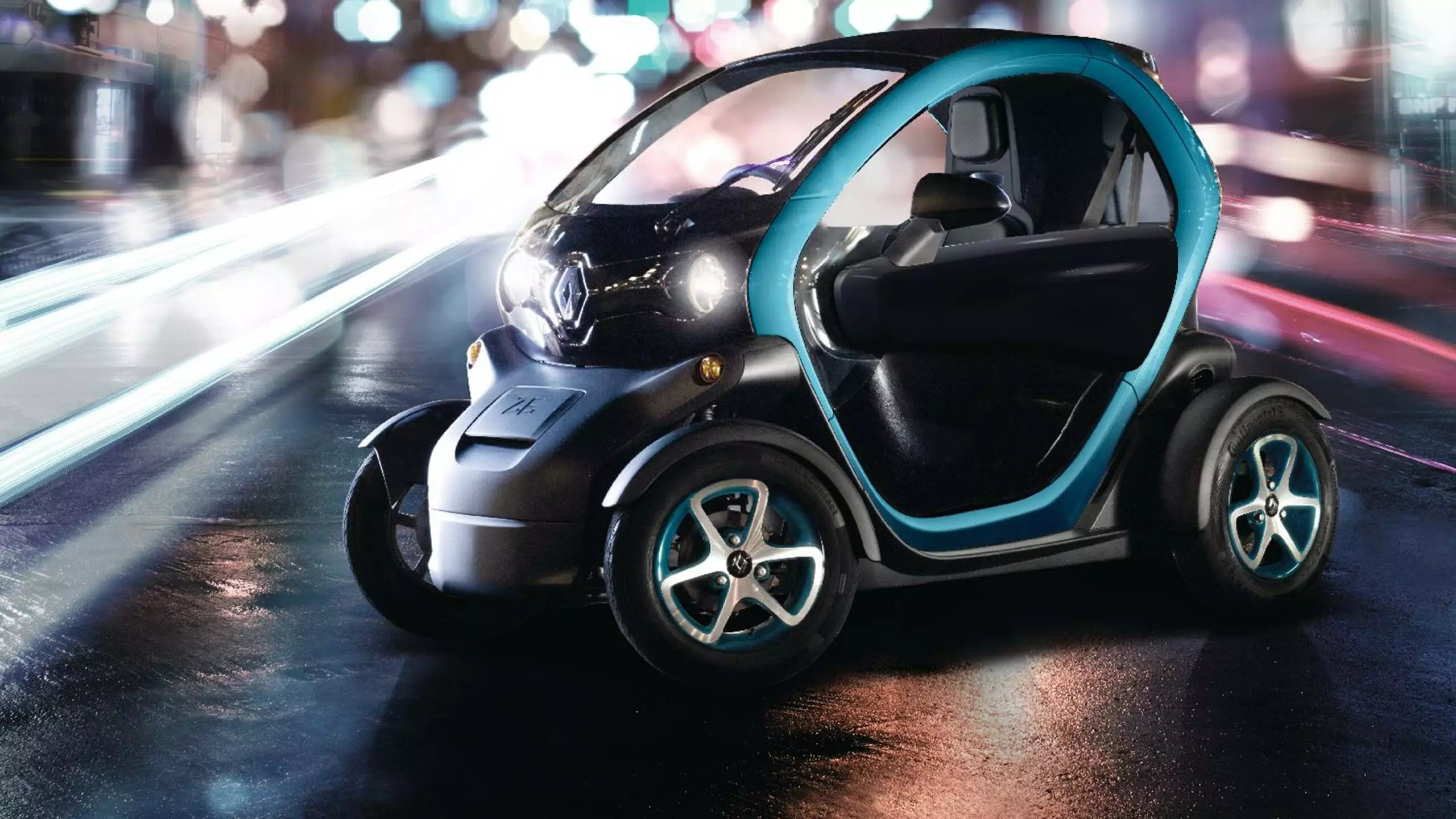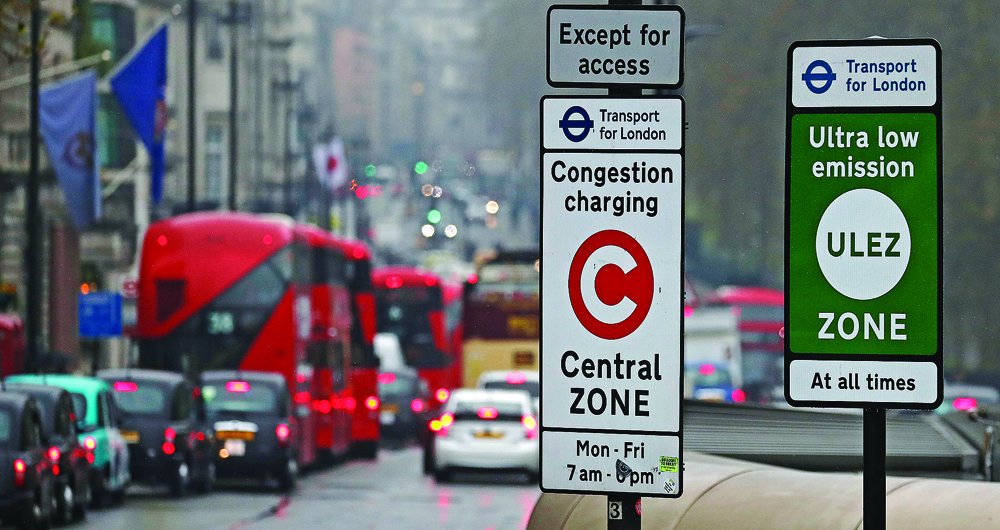Sara Cerar
The old saying goes that a man driving a big flashy car is compensating for something, may it be a small personality or another attribute. Whether man or woman, one thing is for sure – the person driving around in an oversized, energy-inefficient vehicle is far from being environmentally friendly. So why not avoid social judgment and rather switch to something smaller, for instance, a small electric vehicle?
In order to follow the Paris agreement and Commitments of the EU to reduce our emissions and become carbon neutral by 2050, decarbonization of transport has been an opportunity but also a challenge. In the EU, road transport accounts for 24% of GHG emissions with 17% being due to road transport. So far little progress was made and accomplished reductions in emissions were counterbalanced with the increased number of vehicles on the roads [1]. The use of oversized vehicles with large motors for personal mobility does not improve the situation. The introduction of regulations to decrease consumer demand for oversized vehicles and oversized engines was pinpointed as one of the crucial policies to facilitate the transition to a decarbonized future [1].
From a citizen’s point of view, there are several mobility alternatives available for getting you from point A to point B, such as walking, taking the bike, using public transport, car-sharing, and driving electric vehicles. However, practicability and sustainability of such alternative types of mobility vary immensely between different countries and urbanization types. For example, leaving behind your car altogether and relying on non-motorized means of transport, such as walking or biking is best for the environment but completely impractical if you have to commute several tens of kilometers daily. Taking the train can be a green solution to get you to work, but its effectiveness is significantly reduced if the train is almost empty. And lastly, driving an electric car can be a climate disaster if your electricity comes from a coal-fired source. It is clear why one area of current controversy in urban areas is whether authorities should, therefore, push towards car-free households using public transport or incentivize citizens to replace their vehicles with internal combustion engines with an electric one.
There is no straightforward or universal solution to decarbonizing the transport system in cities. While urban policies should prioritize investing in public transport and infrastructure that facilitates safer and more accessible walking and cycling in cities, it is clear that some people will never abandon their private vehicles and rely solely on public transport or non-motorized means. Small electric vehicles seem to be a great alternative as private or communal vehicles with the potential to reduce land consumption and improve air quality in cities [2]. This blog post is not a propaganda of the automobile industry but rather a look into the world of electric vehicles from a consumer perspective. For those that need a personal vehicle in a city but do not want to be “the guy that drives a big car”, here are 4 additional reasons why getting a small electric vehicle might be a great opportunity.
1. Energy-efficient and better for the environment

Figure 92.1 – Renault Twizy, one of the currently most affordable small electric vehicles on the market. Source: Renault
Small electric vehicles offer a good alternative to oversized cars especially due to higher energy efficiency and low consumption [2]. It is however unclear what exactly is a small electric vehicle as its classification seems to differ substantially around the globe. In this blog, we will focus on vehicles from categories L6e and L7e, which is light- and heavy quadricycles as regulated in the European Union. These vehicles are sometimes regarded as “light four-wheelers” where a Renault Twizy is a very typical example. Twizy is a two-seat electric car designed and marked by Renault. The majority of “typical” passenger electric cars (e.g. a Tesla) fall into the M1 category of “Passenger cars” which are primarily also larger and therefore heavier. It was shown that heavier electric vehicles have higher consumption, implying light electric vehicles, such as Tweezy, have lower consumption than larger electric cars, such as a Tesla. In addition to energy efficiency, light electric vehicles can increase travel speed, mitigate ambient air and noise pollution, and decrease the direct CO2 emissions of individual vehicles [3], making it a perfect car for many problems cities face.
2. Easy to park

Figure 92.2 – A Renaut Twizy parked. One standard parking space can accommodate three Twizys. Source: AutoBild
As the name already suggests, small electric vehicles are primarily, small. This makes parking one quite less stressful, especially in cities where parking space is limited. For example, a Renault Twizy requires only one-third of an average parking space. Owners of small electric vehicles could also be looking forward to special parking spaces in cities, as this was suggested as one incentive to push forward their uptake [2].
3. It can save money

Figure 92.3 – Ultra-low emissions zone and congestion charging in the city of London. Electric vehicles are exempted from paying any fees. Source: chinadaily.com
Firstly, small electric vehicles are much more budget-friendly than regular electric passenger cars and over-sized sports cars. For example, a Renault Twizy retails for about 8,000 euros, whereas the cheapest regular electric passenger car starts at roughly 20,000 euros (Smart EQ Fortwo EV). In addition to the lower initial investment, owning a small electric vehicle could save you money if you live and travel at the right place at the right time. In London, owners of pure-electric cars are exempted from paying around 11.50 £ per entry to the city center of London due to the congestion zone and an additional 12.50 £ for the Ultra-Low Emissions Zone. Introducing entry fees in city centers, especially for polluting vehicles, has been a common policy instrument to fight congestion and pollution. At present, owners of electric vehicles can benefit from such incentives but this might not last indefinitely. With December 2025 drivers of all vehicles, even those producing zero emissions will have to pay a fee to drive into the center of London [4], clearly indicating that electric vehicles might address pollution but not the number of vehicles and congestion.
4. It’s entertaining!
I haven’t tried one myself but based on several public reviews by car enthusiasts and owners of SEV, this little “Go-Kart” seems like a lot of fun to get around, especially if you enjoy bumpy rides with hard seating. As a drawback, the comfort level of such a small vehicle might not be very high compared to regular passenger cars. Due to their size constraint, they also offer very limited storage space, which might be impractical in cases when you want to transport a bit more than yourself, another person, and a bottle of water. Due to comfort and storage limitations, small electric vehicles, such as a Twizy might not be the most favored mode of transport for personal use. Research on small electric vehicles has shown similar results, concluding that people see the most potential in utilizing small electric vehicles for tourist services and car-sharing schemes and less for private use [2].
In conclusion, small electric vehicles or electric vehicles in general, are not the ‘silver bullet’ for decarbonization of transport. Moreover, a pure focus on the substitution of private vehicles with electric cars misses the overall opportunity of a social transformation of how we move around. However, small electric vehicles could tackle many problems cities face today and seem to be a great mobility alternative for environmentally conscious people on a budget that want to drive around in a private vehicle without the judgment – whichever that is.
Sources:
[1] EASAC. (2019). Decarbonisation of transport: options and challenges. German National Academy of Sciences.
[2] Ewert, A., Brost, M. Schmid, S. (2019). Fostering small electric vehicles on a municipal level. 32nd Electric Vehicle Symposium (EVS32).
[3] Wiss, M., Cloos, K. C., Helmers, E. (2020). Energy efficiency trade.offs in small to large electric vehicles. Environmental Sciences Europe 32 (46).
[4] Hull., R. (December 2018). London Mayor Sadiq Khan to phase out Congestion Charge exemption for hybrid cars next year – and even zero-emission electric models from 2025. Thisismoney.co.uk. Access on 05/05/2020.